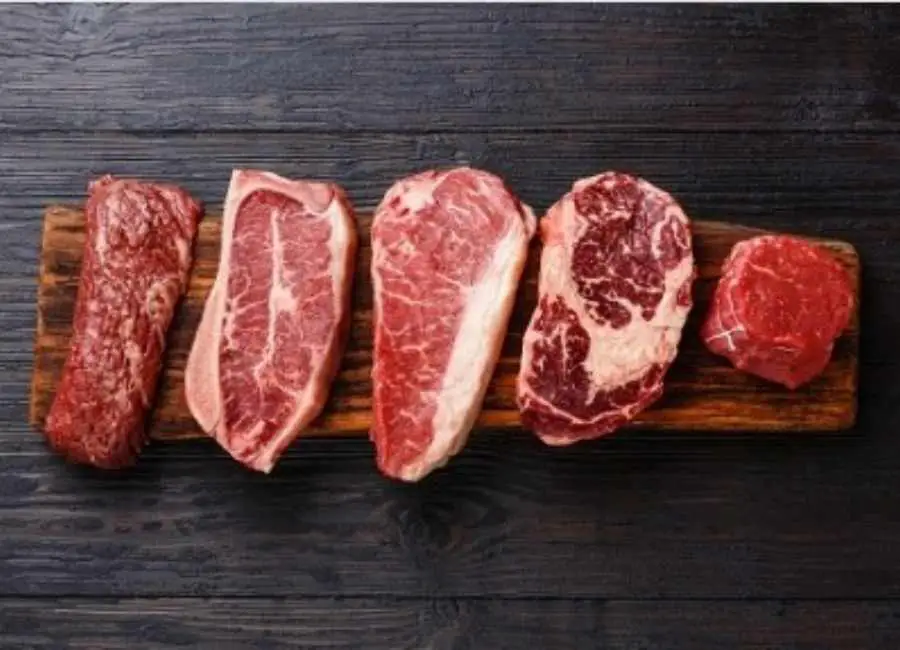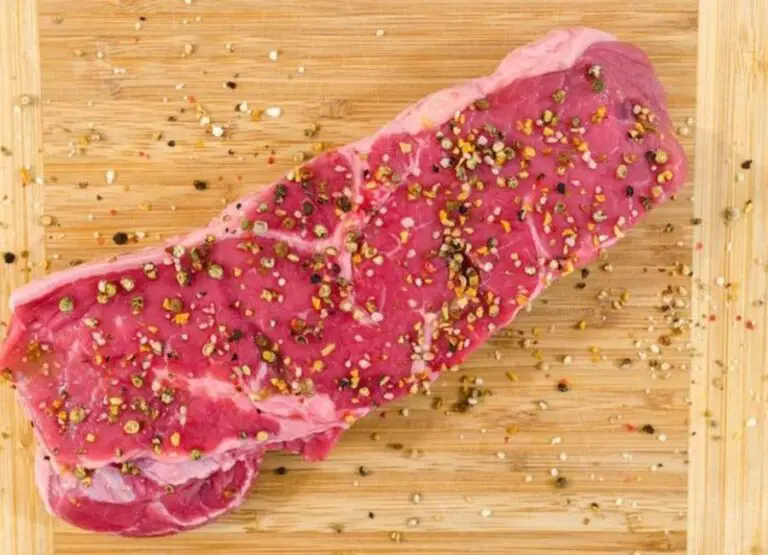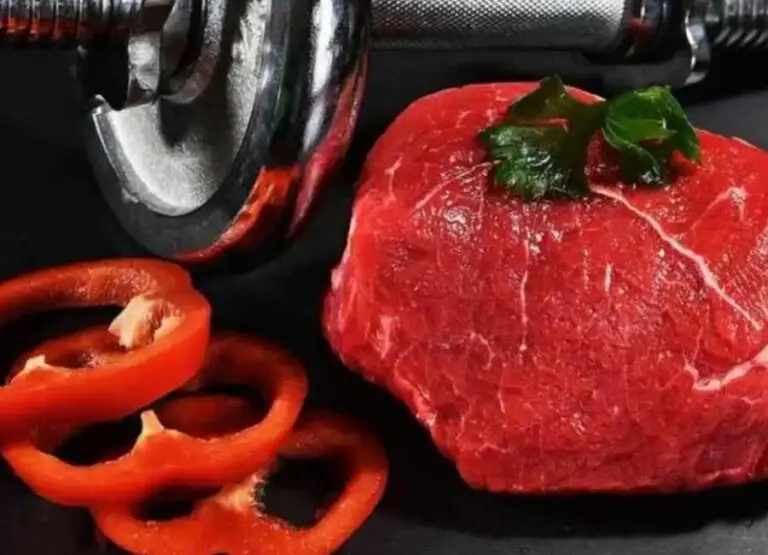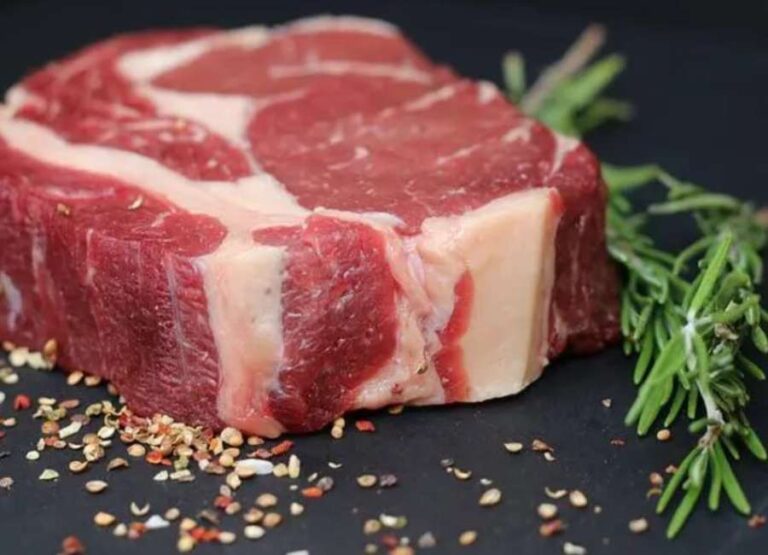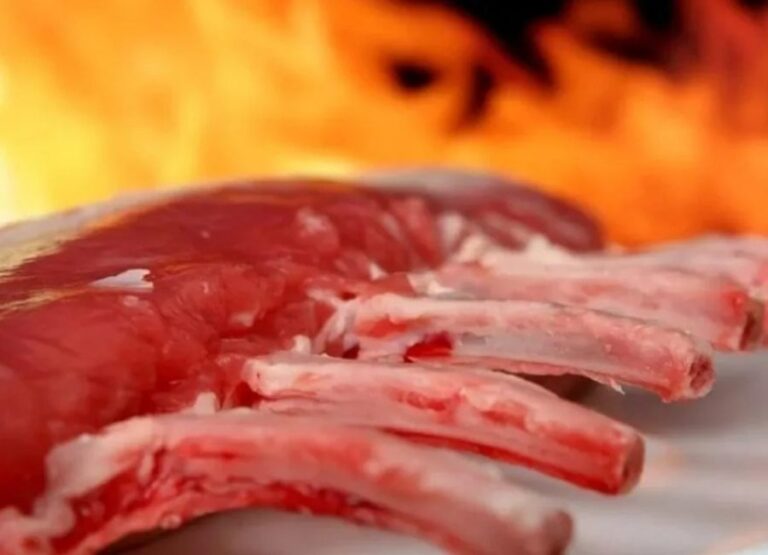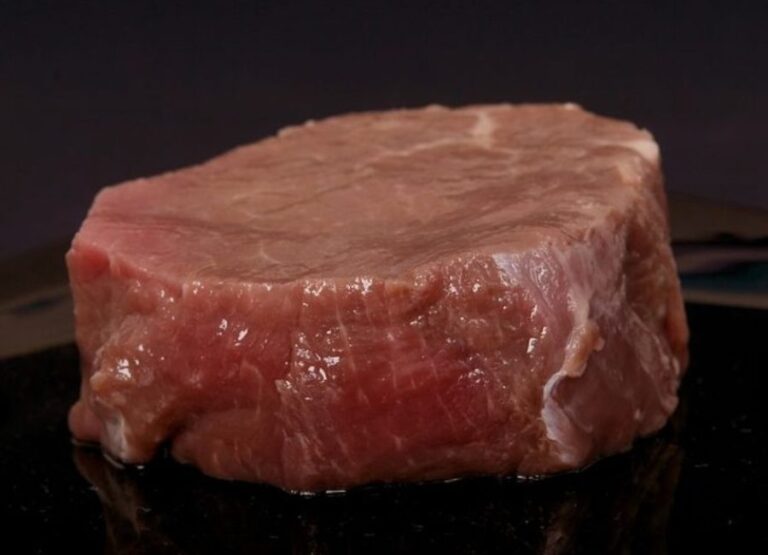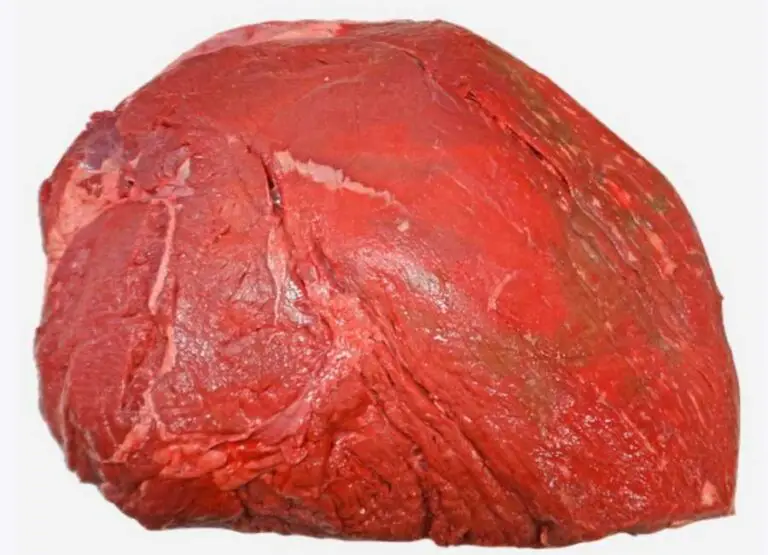6 Major Red Meat Sources You Should Know
Looking for red meat sources? That is exactly what this post is all about, we will be discussing all the red meat sources, their possible benefits as well as health challenges, so read through.
People publish lots of articles against red meat kicking against it, but is red meat actually bad as they say it is?
No, taking red meat in moderation or in the recommended portion is not bad and won’t hurt you.
On the flipped side of things, too much intake of red meat is very dangerous and has been linked to many health challenges, especially its cardiovascular effects.
Again another factor that makes red meat bad or dangerous is how you process it, people love foods that taste great.
Adding artificial sweeteners, flavors, or ingredients improves the taste of red meat but on the flipped side of things, these enhancers actually cause more good than bad.
Even though meat is very important to humans, it can also hurt the body depending on the quantity, method of processing, and frequency of intake.
Red meat is just one type of meat among the three basic types of meat and red meat is actually the most consumed type of meat in the world.
Red meat is a high source of proteins and essential micronutrients and minerals such as B vitamins and iron.
The cooking of red meats improves the digestibility of meats, and the Maillard browning reactions produce desirable flavors and aromas in meat dishes and enhance the sensory experience of dining.
Here are some interesting topics about meat:
- Why Red Meat Is Bad For You: 7 Things You Should Know.
- Can Red Meat Cause Cancer: What You Should Know.
- Does Red Meat Cause Colon Cancer: What You Should Know.
What are the Red Meat Sources
Here are the common sources of red meat;
1. Beef
Beef can be described as the culinary name given to meat from cattle, particularly skeletal muscle, beef is a source of protein and nutrients.
Most beef can be used by merely cutting it into certain parts, such as roasts, short ribs, or steak, while other cuts are processed.
According to Healthline, Fresh, lean beef is rich in various vitamins and minerals, especially iron and zinc.
Therefore, a moderate intake of beef can be recommended as part of a healthy diet.
So, what can you get from eating beef?
The nutrition facts for every 3.5-ounce (100-gram) serving of broiled, ground beef is as follows:
- Calories: 217
- Water: 61%
- Protein: 26.1 grams
- Carbs: 0 grams
- Sugar: 0 grams
- Fiber: 0 grams
- Fat: 11.8 grams
List of beef products
Here is the common list of beef products;
- Sausages
- Burgers
- Corned beef
- Beef jerky
Health benefits of beef
Here are some health benefits of eating beef;
- Beef helps maintain muscle mass
- Beef helps grow muscle mass
- Improve exercise performance
- Beef helps anemia prevention
- Beef helps in reducing your risk of sarcopenia
- Eating beef can help reduce fatigue.
Compounds found in meat
Here are some compounds found in meat;
- Creatine
- Cholesterol
- Glutathione
- Conjugated linoleic acid
- Taurine
2. Pork
Pork is generally known as the culinary name for the meat of a domestic pig. It is the most commonly consumed meat worldwide, with evidence of pig husbandry dating back to 5000 BC.
Pork is eaten both freshly cooked and preserved. Curing extends the shelf life of pork and all pork products.
So, what will you get from eating pork?
It is important to note that every 3.5-ounce (100-gram) serving of cooked, ground pork provides the following nutrients;
- Calories: 297
- Water: 53%
- Protein: 25.7 grams
- Carbs: 0 grams
- Sugar: 0 grams
- Fiber: 0 grams
- Fat: 20.8 grams
Important Minerals and Vitamins found in Pork
Here are some vital minerals and vitamins found in pork;
- Vitamin B6
- Phosphorus
- Iron
- Thiamine
- Selenium
- Niacin
- Zinc
- vitamin B3
- Vitamin B12
The major compound found in pork
- Taurine
- Cholesterol
- Creatine
- Glutathione
Health benefits of pork
Here are some health benefits of eating pork;
- Maintenance of muscle mass
- Improve muscle function
- Pork aid exercise performance
- Pork help anemia prevention
Pork Health Concerns
Here are some common health challenges associated with pork meat;
- Pork is associated with tapeworm
- Pork is associated with roundworm
- Pork is associated with Toxoplasmosis
3. Lamb and mutton
Lamb, hogget, and mutton, generically sheep meat, are the meat of domestic sheep (Ovis aries).
A sheep in its first year is a lamb and its meat is also lamb.
The meat from sheep in their second year is hogget. Older sheep meat is mutton.
So, what can you get from lamb meat?
According to Healthline, A 3.5-ounce (100-gram) serving of roasted lamb provides the following nutrients.
- Calories: 258
- Water: 57%
- Protein: 25.6 grams
- Carbs: 0 grams
- Sugar: 0 grams
- Fiber: 0 grams
- Fat: 16.5 grams
Vitamins and minerals found in lamb
Here are some common vitamins and minerals;
- Zinc
- Iron
- Niacin
- Phosphorus
- Selenium
- Vitamin B12
Health benefits of lamb
Here are the common health benefit of eating lamb;
- Anemia prevention
- Improved physical performance
- Promote the growth of muscles
- Improve muscle function
- Muscle maintenance.
More on meat:
- What Meat Has The Most Iron? No1 Best Meat Source of Iron.
- 12 Reasons Why Can Animals Eat Raw Meat & We Can’t.
- Can Red Meat Cause Constipation: What You Should Know.
4. Goat
Goat meat or goat’s meat is the meat gotten from a domestic goat.
The common name for goat meat is simply “goat”, though meat from adult goats is referred to as chevon, while that from young goats can be called capretto, cabrito, or kid.
In South Asian and Caribbean cuisine, mutton commonly means goat meat.
5. Veal
Veal is the meat of calves, in contrast to the beef from older cattle.
The Veal can be produced from a calf of either sex and any breed; however, most veal comes from young males of dairy breeds that are not used for breeding.
Generally, veal is more expensive than beef from older cattle.
6. Venison
Venison originally meant the meat of a game animal but now refers primarily to the meat of elk or deer.
The Venison can be used to refer to any part of the animal, so long as it can be consumed, including the internal organs.
Examples of lean red meat
Here are some examples of lean red meat;
- Boar steak
- The Venison steak
- Beef sirloin steak
- Pork loin
- Flank steak
- Eye of round roast or steak
- Brisket flat half steak
- Strip steak
- Shoulder steak
- Shank crosscuts
- Tenderloin steak
- T-bone steak
This list was made according to Livestrong.
Red meat high in iron
Here are the most common red meat that is high in iron content;
- Beef
- Lamb
- Pork
- Veal
- Venison
- Kangaroo meat
- Chevon
Red meat protein per 100g
Here are some common sources of red meat and their protein content per 100 grams;
- Beef 20-24g per 100g
- Beef jerky 30-40g per 100g
- Lamb 20g per 100g
- Pork loin 17-20g per 100g
- Beef Skirt Steak 26.7g per 100g
- Lean Pork Chop 22.4g per 100g
Recommendations for red meat
For adults, it’s recommended that you reduce your intake to 70g or less a day.

